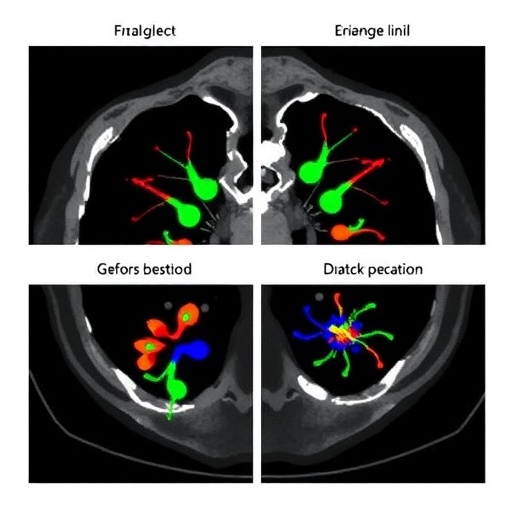Munich, Germany – UNDER EMBARGO UNTIL 27 Aug 2018: Left atrial fibrosis may explain the increased risk of arrhythmias seen in highly trained endurance athletes, according to research presented today at ESC Congress 2018.1
Study author Dr David Peritz, of the University of Utah, Salt Lake City, US, said: "Left atrial fibrosis could be the link between endurance training and risk of atrial fibrillation. Ultimately, we hope to use the degree of left atrial fibrosis to help predict how likely it is that an endurance athlete will develop atrial fibrillation, providing an opportunity for prevention."
Through physical activity people can decrease their risk of coronary artery disease by half, while studies suggest that professional athletes live up to six years longer than the general population. However, just as any athlete can develop overuse injuries in their joints, there is concern that endurance athletes may also develop training related cardiac injury. Moderate exercise is well established as better for health than a sedentary lifestyle but vigorous exercise may prove to be harmful in some individuals.
Just like any other muscle, athletic activity modifies the heart in predictable ways. These changes are structural, functional and electrical. This study aims to link structural to electrical changes – namely that highly trained athletes are more prone to developing arrhythmias, specifically atrial fibrillation.
Atrial fibrillation, the most common arrhythmia in the general population, is associated with a five-fold stroke risk and a doubled risk of early death. The relationship between atrial fibrillation and exercise appears to be U-shaped, meaning that moderate exercise is protective but long-term high-intensity activity may be harmful. Studies have shown that the most highly trained athletes had a five-fold increased risk of developing atrial fibrillation compared to non-athletes.
Left atrial fibrosis is commonly found in patients with atrial fibrillation. In an effort to explain why highly trained endurance athletes have such a high risk of arrhythmias, this study investigated whether they have more left atrial fibrosis than non-athletes.
The researchers recruited 16 healthy endurance athletes over 35 years of age currently training in endurance sports at least ten hours per week and who had participated in competitive endurance sports for at least ten years. Endurance activities included running, cycling, rowing, and Nordic skiing. Twenty healthy non-athletes were recruited during screening colonoscopies. Participants completed questionnaires on medical history and physical activity.
Atrial fibrosis was assessed using late gadolinium enhancement magnetic resonance imaging, an established method for visualising tissue damage in cardiac diseases such as myocardial infarction.
Overall the athletes were younger, had a lower body mass index (BMI), and fewer comorbidities. The mean left atrial fibrosis score was 13.7% in endurance athletes compared to 11.8% in non-athletes. After controlling for age and BMI, both known to affect left atrial fibrosis, being an endurance athlete was associated with significantly more left atrial fibrosis compared to being a non-athlete (p=0.05). Being an endurance athlete had a greater impact on the degree of fibrosis than any comorbidity including diabetes, hypertension, and tobacco use.
Dr Peritz said: "Despite being younger and having fewer comorbidities, endurance athletes showed more left atrial fibrosis. This was a small study and the clinical significance deserves further investigation, but we think that increased left atrial fibrosis may help explain the higher incidence of atrial fibrillation in endurance athletes. The next step in our research is to see whether the degree of left atrial fibrosis is related to the amount of endurance training."
###
Media Contact
ESC Press Office
[email protected]
@escardio
http://www.escardio.org




